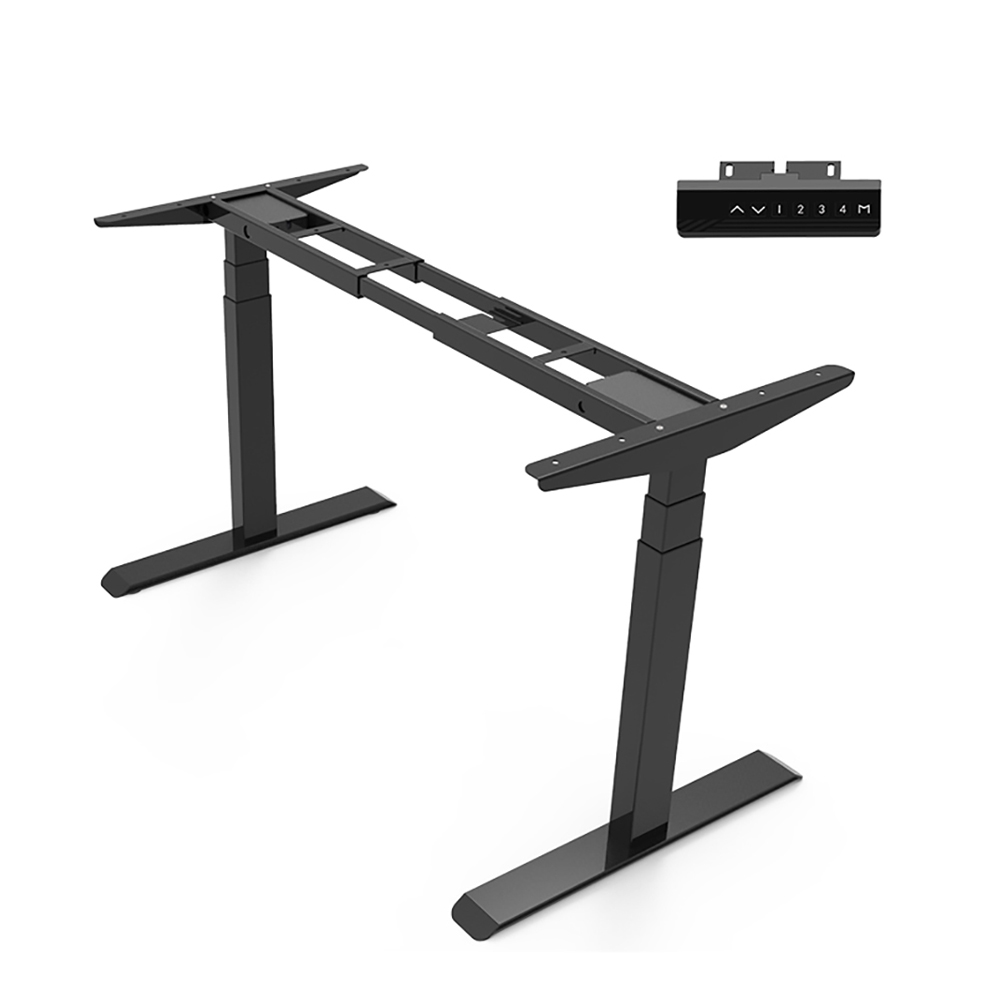The dual motor Standing Desk is 1.5-2.5mm thick cold rolled steel plate with high mechanical strength, smooth surface and uniform thickness.
Adopt the quality motor of which listed company to ensure that the lifting is not stuck, the lifting speed is 32mm / s.the sound under no load is less than 45dB, quiet and noiseless, and does not affect other people's office.The motor has strong power, stable power output and stable load bearing of 80kg, which can meet the needs of daily entertainment and office desktop storage. Colleagues can cooperate with the function of resistance retreat and power-off protection to ensure the safety of lifting. The power in standby mode is only 0.1W, energy saving and environmental protection.

Dual Motor Standing Desk,Standing Desk Dual Motor, Electric Standing Desk Dual Motor, Sit Stand Desk Dual Motor,Electric Sit Stand Desk Dual Motor
Suzhou Uplift Intelligent Technology Co., Ltd , https://www.officestandingdesk.com